Information to help refine the housing and husbandry of the laboratory dog.
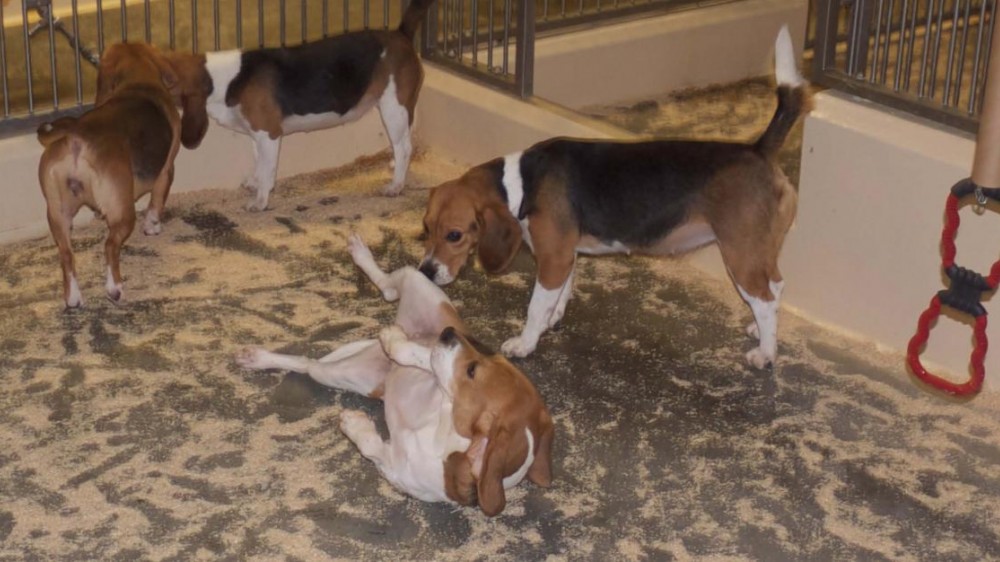
Information to help refine the housing and husbandry of the laboratory dog.

Information to help refine the housing and husbandry of the laboratory hamster.
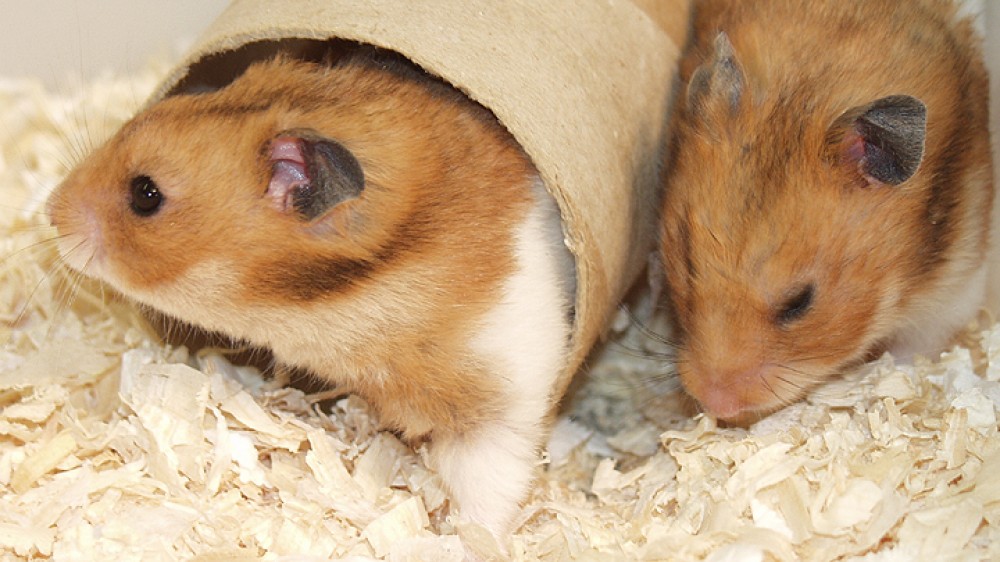
Information to help refine the housing and husbandry of the laboratory ferret.
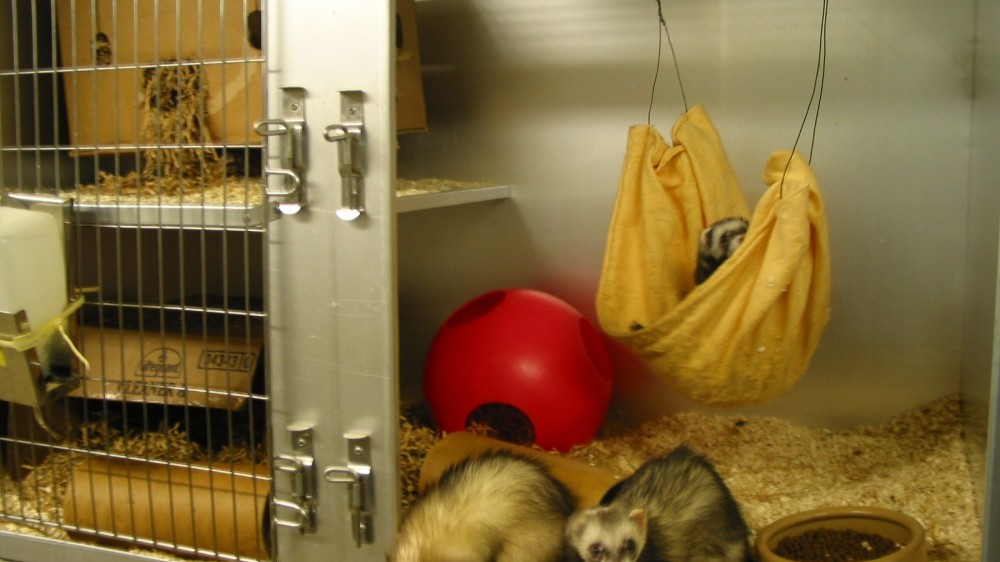
Information to help refine the housing and husbandry of the laboratory mouse.

Information to help refine the housing and husbandry of laboratory non-human primates.
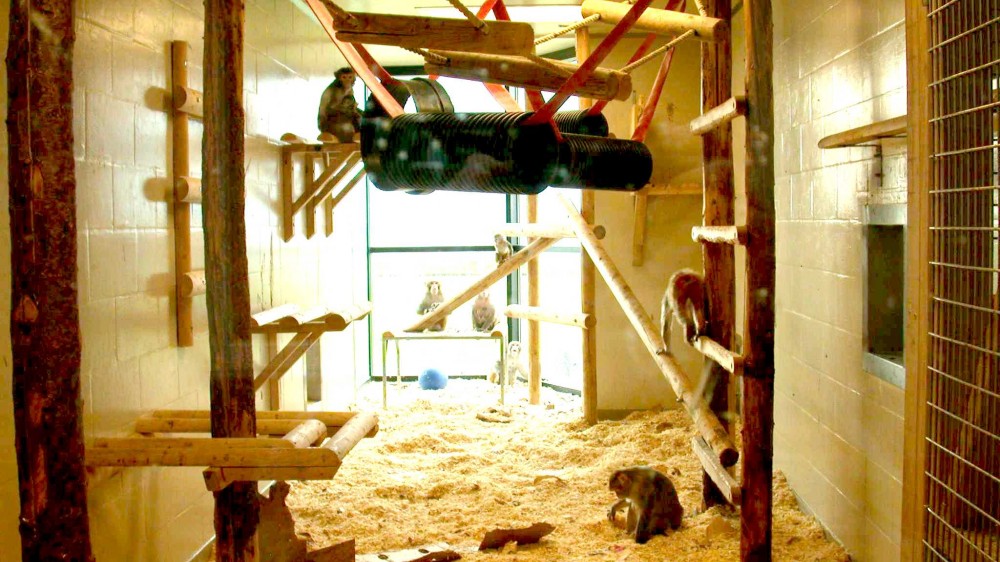
Information to help refine the housing and husbandry of the laboratory gerbil.
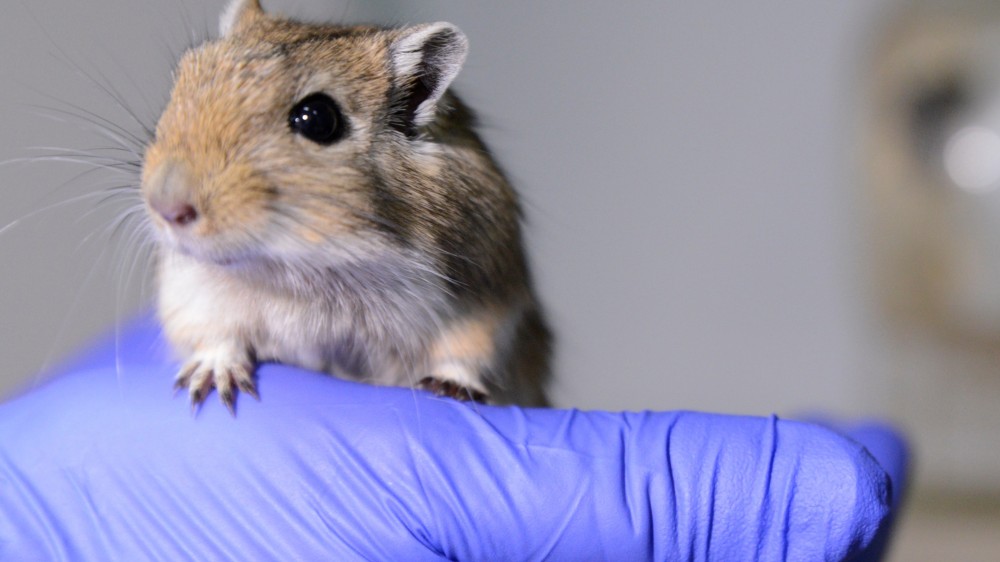
Information to help refine the housing and husbandry of the laboratory rabbit.
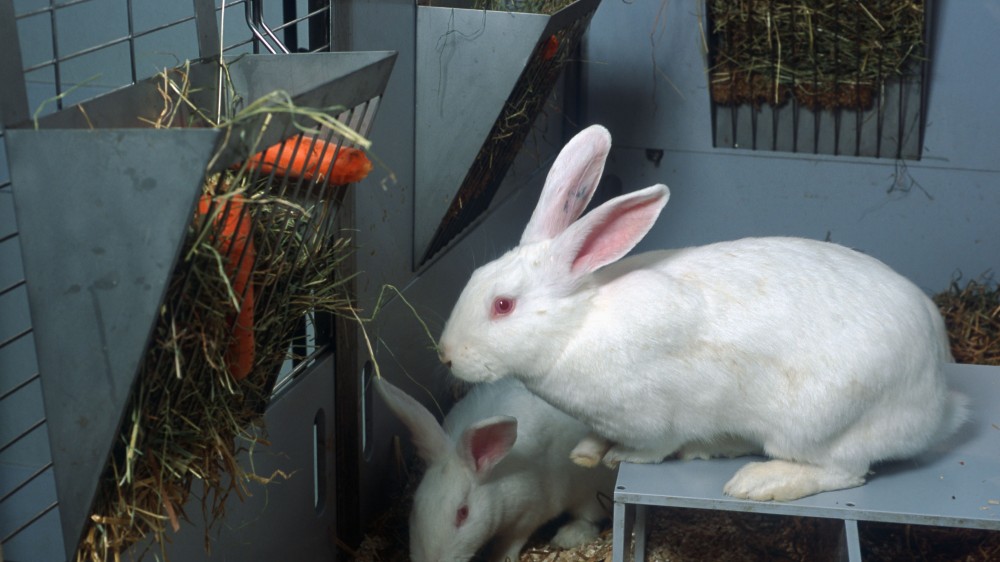
Information to help refine the housing and husbandry of the laboratory guinea pig.
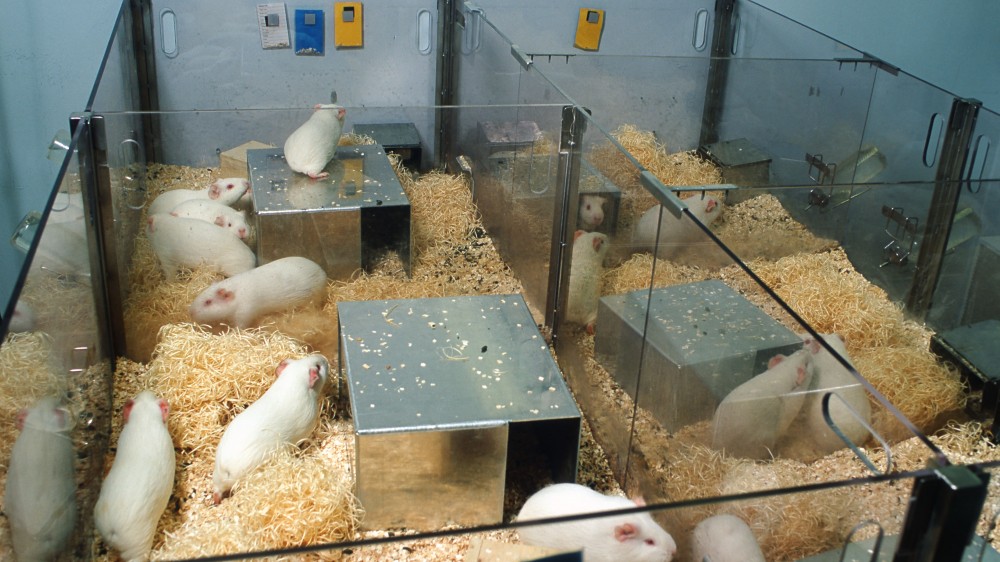
Information to help refine the housing and husbandry of the laboratory cat.
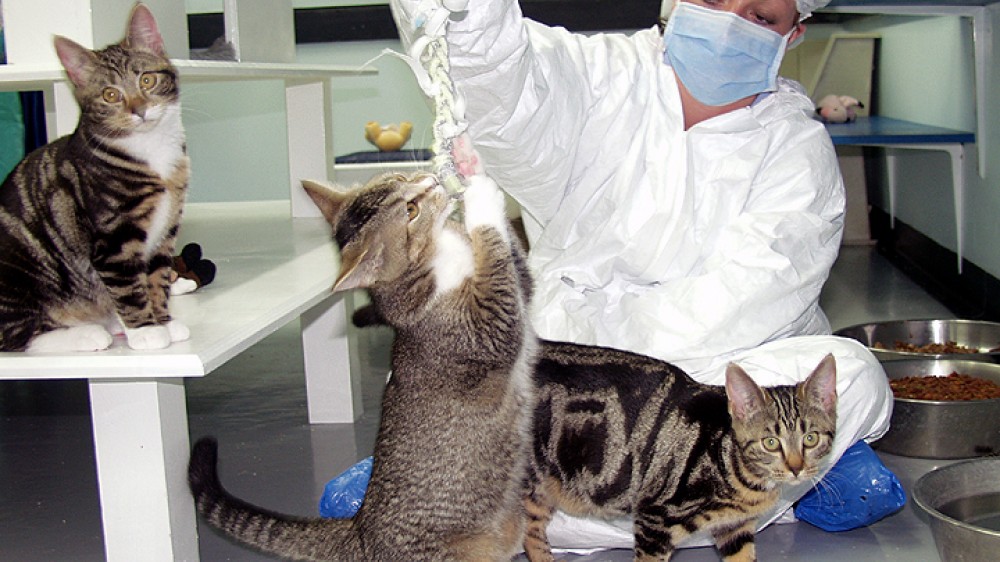
Information to help refine the housing and husbandry of the laboratory rat.
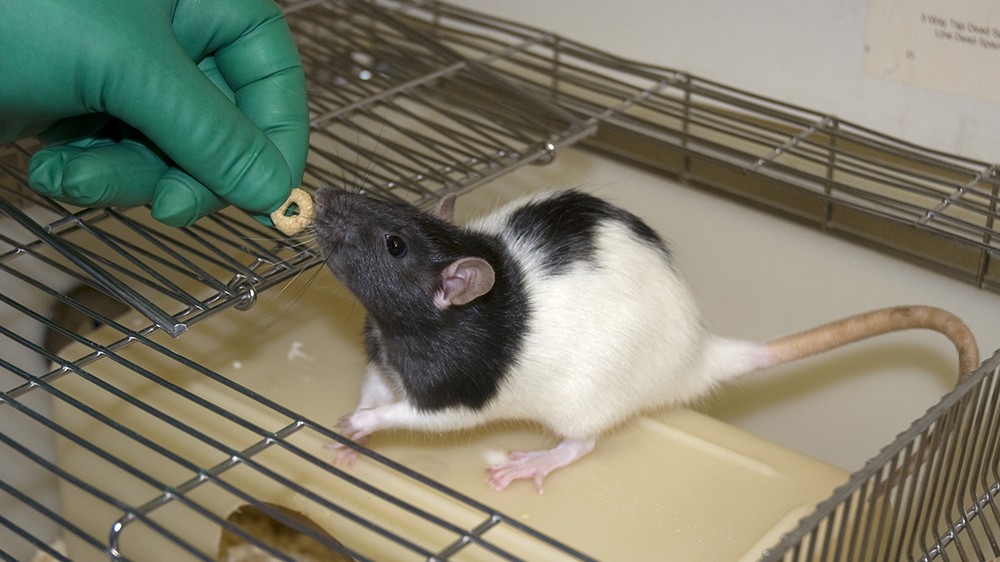
Guidance, information and recommendations for those working with zebrafish.
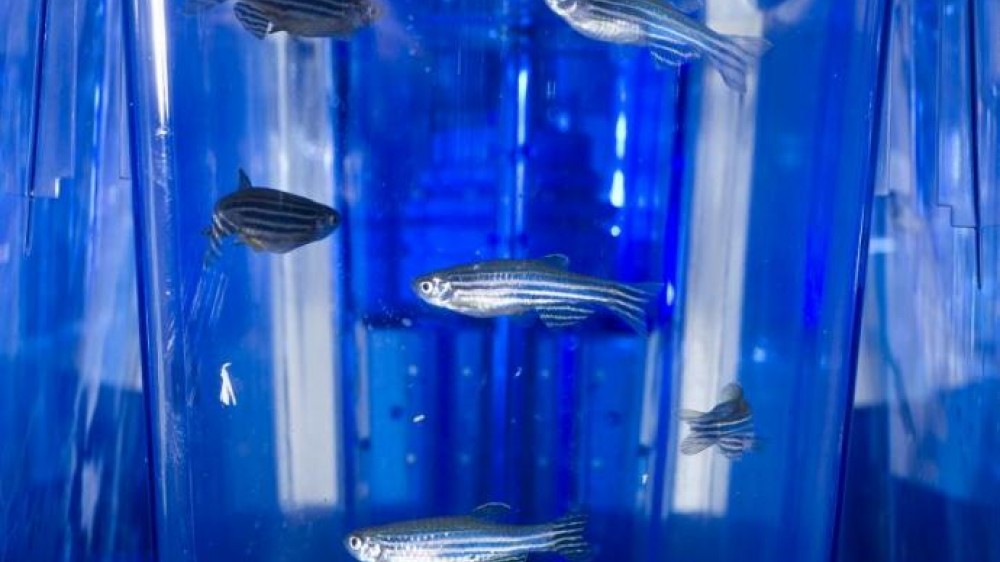
For answers to more specific questions about colony management or breeding difficult strains you can email our dedicated advice service.

Primate sensory capabilities and communication signals: implications for care and use in the laboratory
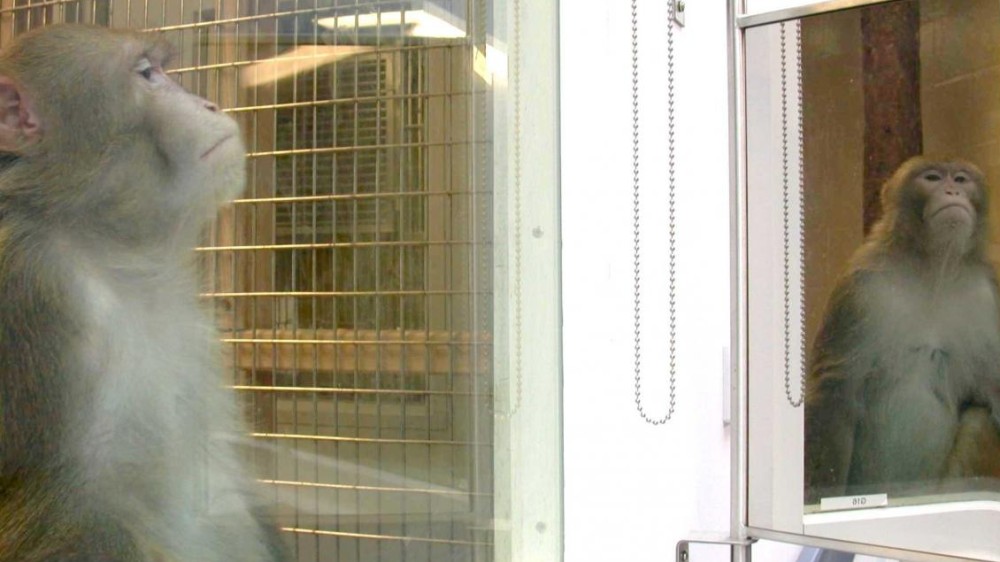
Supporting technicians in assessing the welfare impact of enrichment.

Guidance on best practices in handling and restraint for mice, rats and other laboratory rodents.

Recommendations for reducing aggression between group-housed male mice.
A newsletter for animal technicians interested in putting the 3Rs into practice in their facilities.
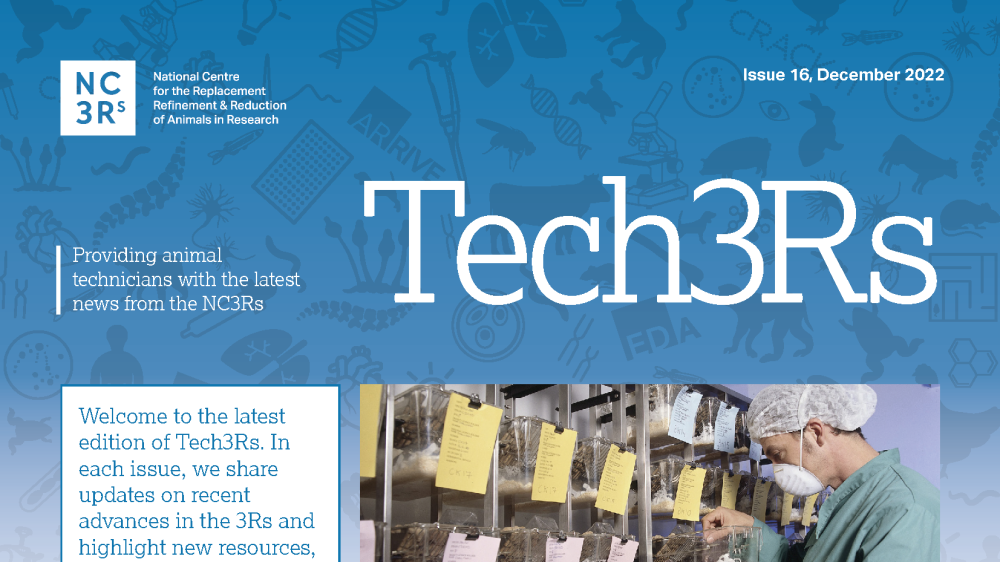
Guidance on implementing positive reinforcement training methods.
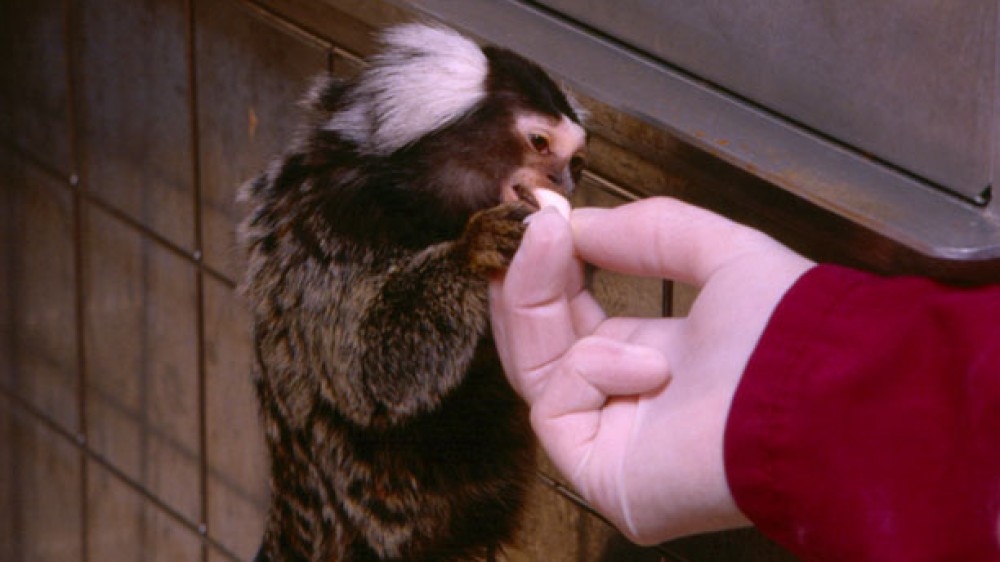
Guidance on best practices in confirming, archiving and maintaining strains.
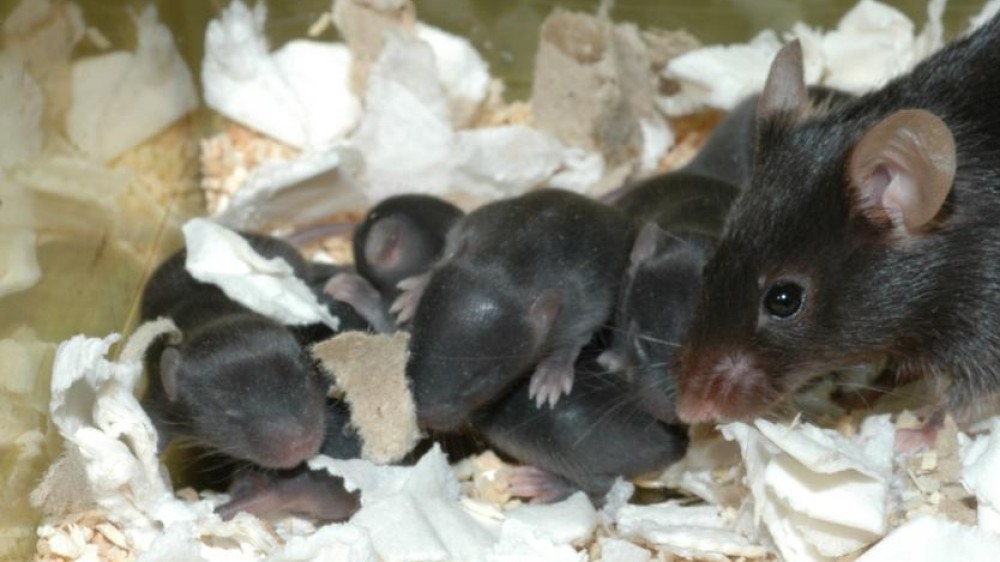
Guidance on non-aversive methods for handling mice. Includes tutorials, FAQs and tips for implementation.
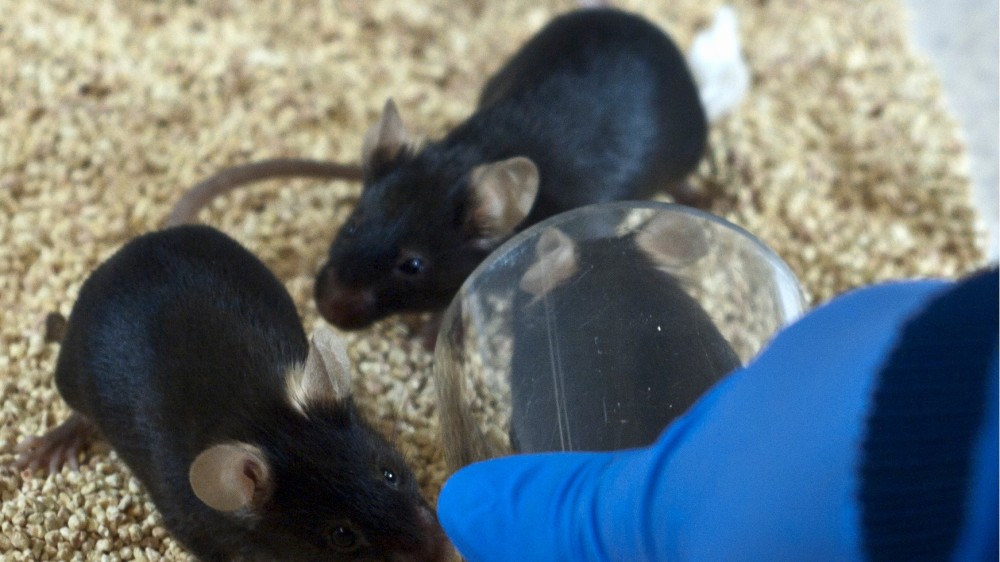
Tips and strategies for rolling out the refined handling methods in your facility.

A webinar explaining the importance of using both sexes in animal experiments and things to consider when planning studies.

Frequently asked questions about determining whether your enrichment protocol is appropriate and effective.
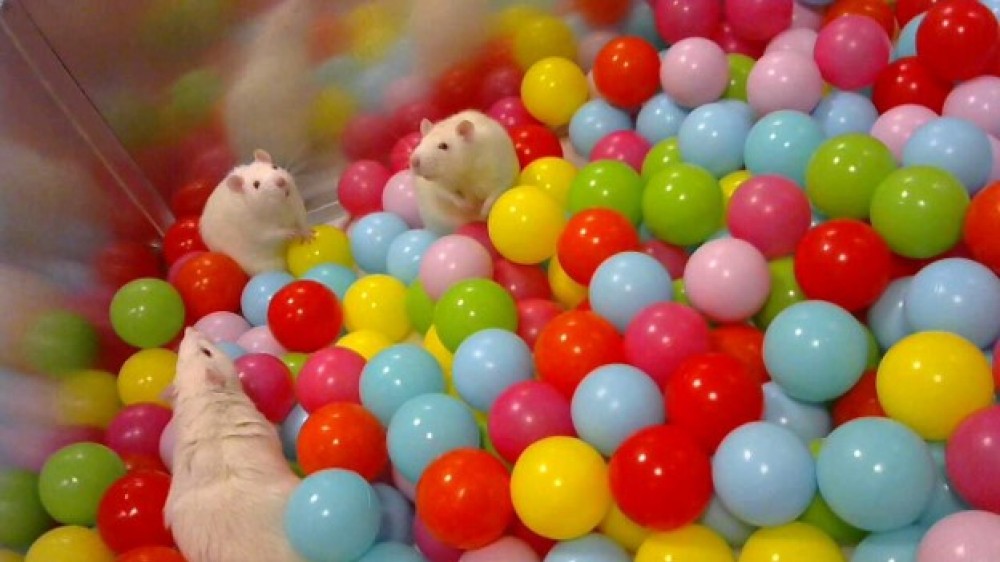
It starts at the very beginning: Scientific and welfare reasons for reviewing neonate care
